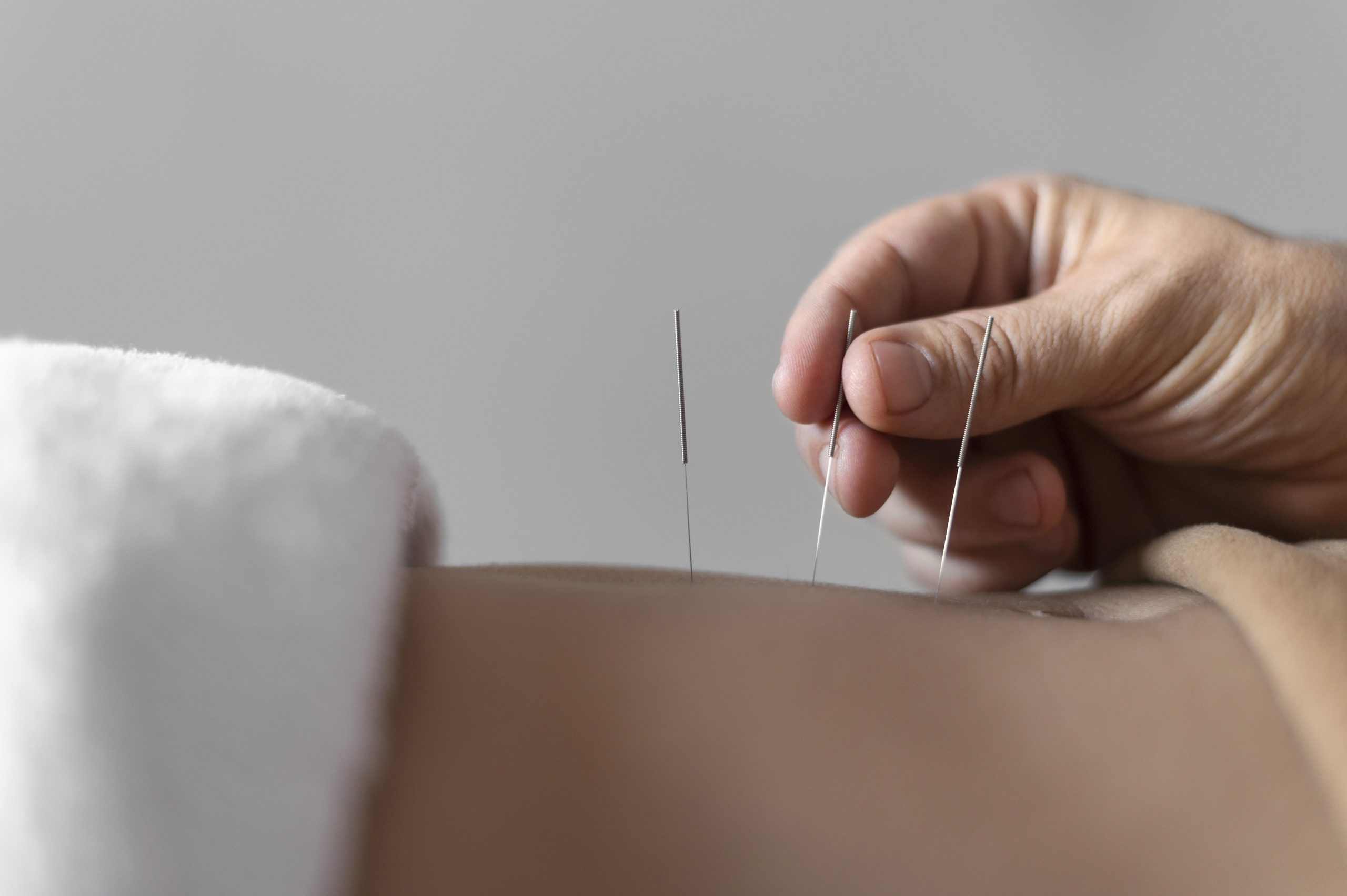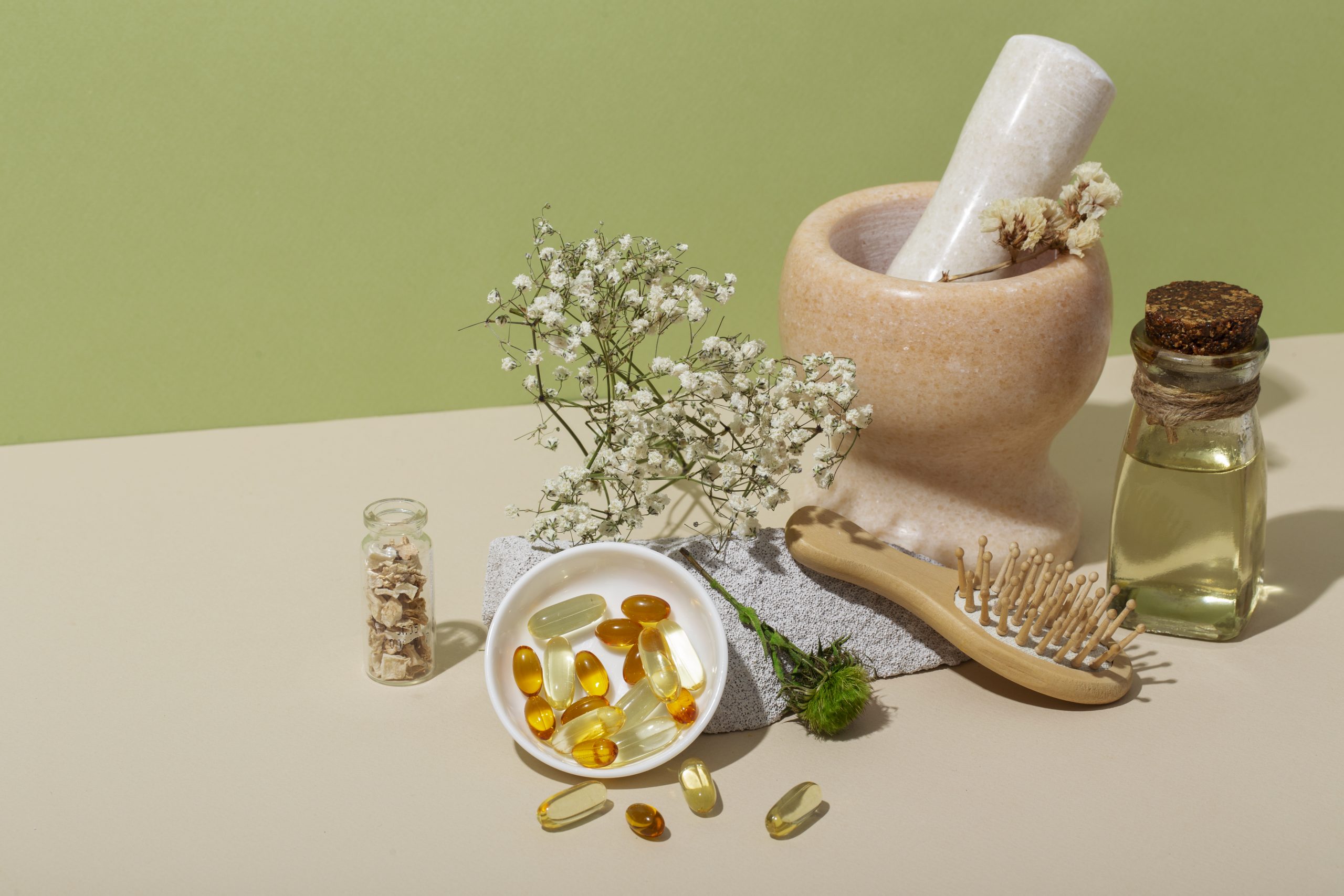What is Acupuncture?
where did it come from?
Acupuncture involves the insertion of very thin needles through your skin at strategic points on your body. A key component of traditional Chinese medicine, acupuncture is most commonly used to treat pain. Increasingly, it is being used for overall wellness, including stress management.
Why it’s done
Acupuncture is used mainly to relieve discomfort associated with a variety of diseases and conditions, including:
- Chemotherapy-induced and postoperative nausea and vomiting
- Dental pain
- Fibromyalgia
- Headaches, including tension headaches and migraines
- Labor pain
- Lower back pain
- Neck pain
- Osteoarthritis
- Menstrual cramps
- Respiratory disorders, such as allergic rhinitis
- Tennis elbow
Risks
The risks of acupuncture are low if you have a competent, certified acupuncture practitioner using sterile needles. Common side effects include soreness and minor bleeding or bruising where the needles were inserted. Single-use, disposable needles are now the practice standard, so the risk of infection is minimal. Not everyone is a good candidate for acupuncture.
Before having acupuncture treatment, be sure to tell the practitioner if you:
- Have a bleeding disorder. Your chances of bleeding or bruising from the needles may be increased if you have a bleeding disorder or if you’re taking blood thinners.
- Have a pacemaker. Acupuncture that involves applying mild electrical pulses to the needles may potentially interfere with a pacemaker’s operation.
- Are pregnant. Some acupuncture points are thought to stimulate labor, which could result in a premature delivery.
Results
The benefits of acupuncture are sometimes difficult to measure, but many people find it helpful as a means to control a variety of painful conditions.
Several studies, however, indicate that some types of simulated acupuncture appear to work just as well as real acupuncture. There’s also evidence that acupuncture works best in people who expect it to work.
Acupuncture has few side effects, so it may be worth a try if you’re having trouble controlling pain with more-conventional methods.


Some people feel relaxed and others feel energized after an acupuncture treatment. But not everyone responds to acupuncture. If your symptoms don’t begin to improve within a few weeks, acupuncture may not be right for you.
Hijama House Services
Get In Touch With Us
Call us anytime
+91 7304065262
+91 7304105262
+91 7304105262
Email us
care@hijamahouse.com
Book An Appointment
Want to contact us? Do book with us with this simple form below





